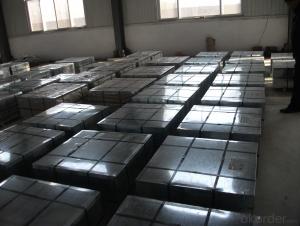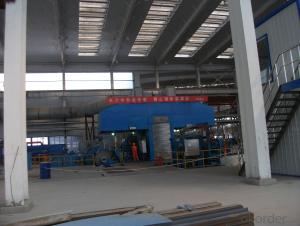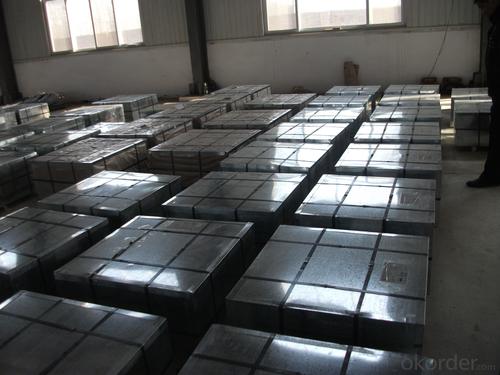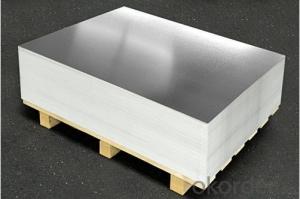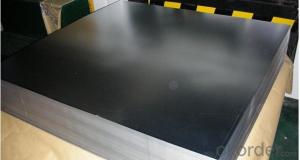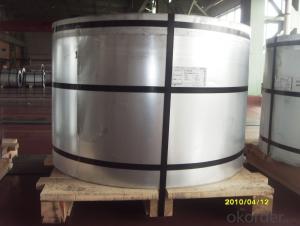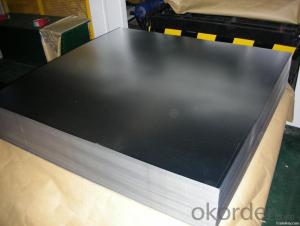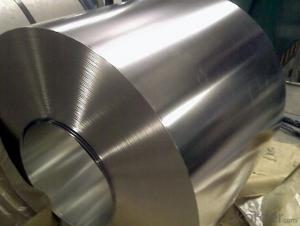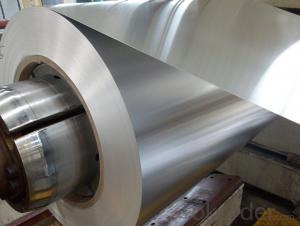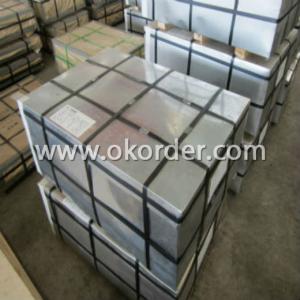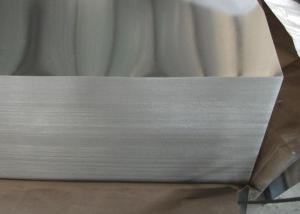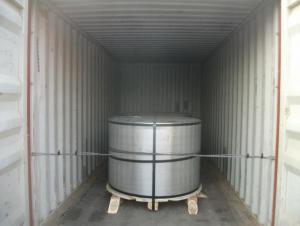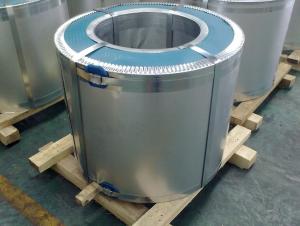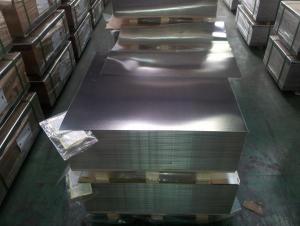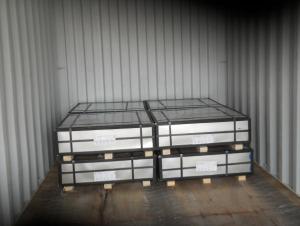ETP Electrolytic Tinplate For Paint Cans Use
- Loading Port:
- Qingdao
- Payment Terms:
- TT OR LC
- Min Order Qty:
- 25 m.t.
- Supply Capability:
- 30000 m.t./month
OKorder Service Pledge
OKorder Financial Service
You Might Also Like
1.Structure of ETP Electrolytic Tinplate For Paint Cans Use Description
Electrolytic Tinplate is a thin steel sheet coated by tin. It has an extremely beautiful metallic luster as well as excellent properties in corrosion resistance, solder ability, and weld ability.
2.Main Features of the ETP Electrolytic Tinplate For Paint Cans Use
Electrolytic Tinplate undoubtedly enjoys the pride of place as a packaging medium especially for food. It owes its unique position to its "nine layer sandwich structure", each of which contributes to its eminence as a packing material. The steel base of electrolytic tinplate provides the necessary strength and formability for can fabrication. The tin-iron alloy layer provides the bond between the steel and free tin layer. The free tin layer is not only responsible for the attractive bright finish and ease of solderability but is also non-toxic- a factor of vital importance in food packaging!
Tinplate is also widely used for making all types of containers such as food cans, beverage cans, and artistic cans, tea cans, painting cans, chemical package cans and dry food package cans, metal printing etc. Its applications are not limited to containers; recently, electrolytic tinplate has also been used for making electrical machinery parts and many other products.
3.ETP Electrolytic Tinplate For Paint Cans Use Images
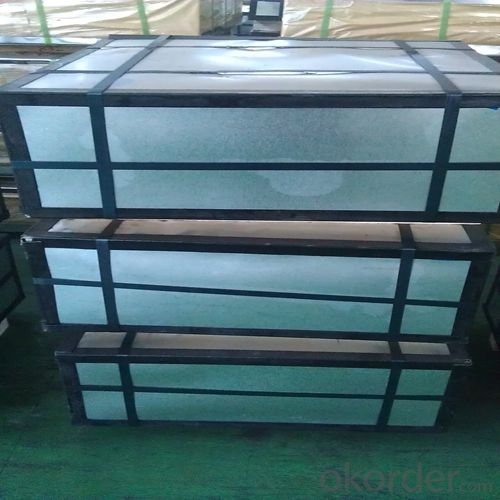
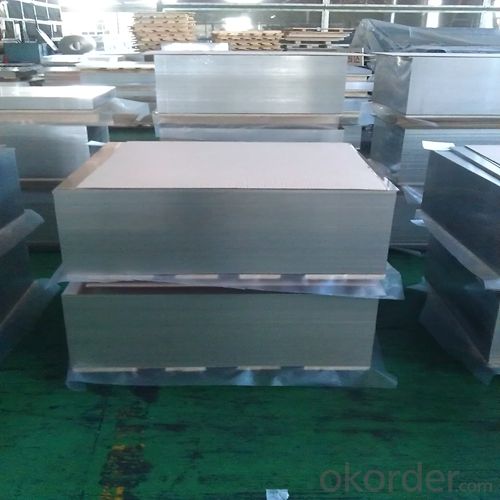
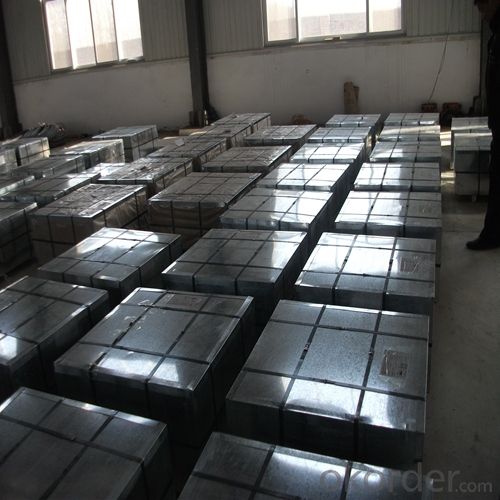
4.ETP Electrolytic Tinplate For Paint Cans Use Specification
Standard:BS EN 10202
Material: SPCC
Thickness:0.23mm
Width:732mm
Temper: T4
Annealing: CA
Coil Inner Diameter: 508mm
Weight: 6-10 tons/coil
Passivation:311
Oil: DOS
Surface: silver
5.FAQ of ETP Electrolytic Tinplate For Paint Cans Use:
1. What is the delivery time for your prime quality tinplate?
Usually 35 days after order confirmation.
2. What is your Minimum Order Quantity?
Usually MOQ is 50tons for one single size, for trial order, it can be 25 tons.
3. What is the payment term?
The most common we use is L/C at sight or TT. We can also try use other terms.
- Q: Is tinplate safe for food contact?
- Yes, tinplate is generally considered safe for food contact. It is a commonly used material for food packaging due to its protective properties and ability to resist corrosion, ensuring the safety and quality of the food products stored inside.
- Q: How does tinplate packaging contribute to product marketing?
- Tinplate packaging contributes to product marketing in several ways. Firstly, it enhances the visual appeal of the product, making it more attractive to potential customers. The shiny and vibrant nature of tinplate packaging can catch consumers' attention and create a positive first impression. Additionally, tinplate packaging can be customized with high-quality printing, allowing for brand logos, product information, and eye-catching designs to be prominently displayed. This helps build brand recognition and reinforces brand image. Moreover, tinplate packaging provides durability and protection, ensuring that the product remains in good condition during transportation and on store shelves. This reliability can instill trust in consumers and enhance the perceived value of the product. Overall, tinplate packaging plays a crucial role in differentiating products from competitors and influencing purchasing decisions through its visual appeal, branding opportunities, and protective qualities.
- Q: What are the common sizes and shapes of tinplate containers?
- Common sizes and shapes of tinplate containers include round cans, rectangular tins, and square boxes. These containers come in various sizes, ranging from small ones that can hold a few ounces to larger ones that can store several pounds of products.
- Q: How does tinplate packaging protect against moisture and oxygen?
- Tinplate packaging protects against moisture and oxygen due to its unique properties. The tin coating acts as a barrier, preventing the penetration of moisture and oxygen into the packaged product. It creates a protective layer that effectively shields the contents from these elements, ensuring their quality and freshness over an extended period of time.
- Q: Tin plated tin plated?
- Galvanized steel / strip is easy to retreat, the damage to the substrate is very small, but also to ensure the production of rust in the stamping process, you can use.
- Q: Can tinplate be used for packaging household products?
- Yes, tinplate can be used for packaging household products. Tinplate is a popular material choice for packaging due to its durability, versatility, and ability to protect products from moisture, light, and other external factors. It is commonly used for packaging food, beverages, and various household items such as cosmetics, cleaning products, and personal care products.
- Q: Can tinplate be embossed?
- Yes, tinplate can be embossed.
- Q: How does tinplate perform in terms of light blocking properties?
- Tinplate is known to provide excellent light blocking properties due to its opaque and reflective nature, making it an effective choice for packaging materials to prevent light exposure and preserve the quality of light-sensitive products.
- Q: How does tinplate perform in terms of electrical conductivity?
- Tinplate has relatively low electrical conductivity compared to other metals, making it less suitable for applications that require high conductivity such as electrical wiring.
- Q: How does tinplate compare to other packaging materials in terms of shelf appeal?
- Tinplate stands out among other packaging materials in terms of shelf appeal due to its unique combination of durability, versatility, and aesthetic appeal. Its shiny surface and smooth finish make products packaged in tinplate visually appealing, catching the attention of consumers. Additionally, tinplate allows for intricate and vibrant designs, enhancing the overall attractiveness of the packaging. Moreover, the robustness and long shelf life of tinplate ensure that the packaging remains intact, preserving the product's visual appeal throughout its lifespan.
Send your message to us
ETP Electrolytic Tinplate For Paint Cans Use
- Loading Port:
- Qingdao
- Payment Terms:
- TT OR LC
- Min Order Qty:
- 25 m.t.
- Supply Capability:
- 30000 m.t./month
OKorder Service Pledge
OKorder Financial Service
Similar products
Hot products
Hot Searches
Related keywords
